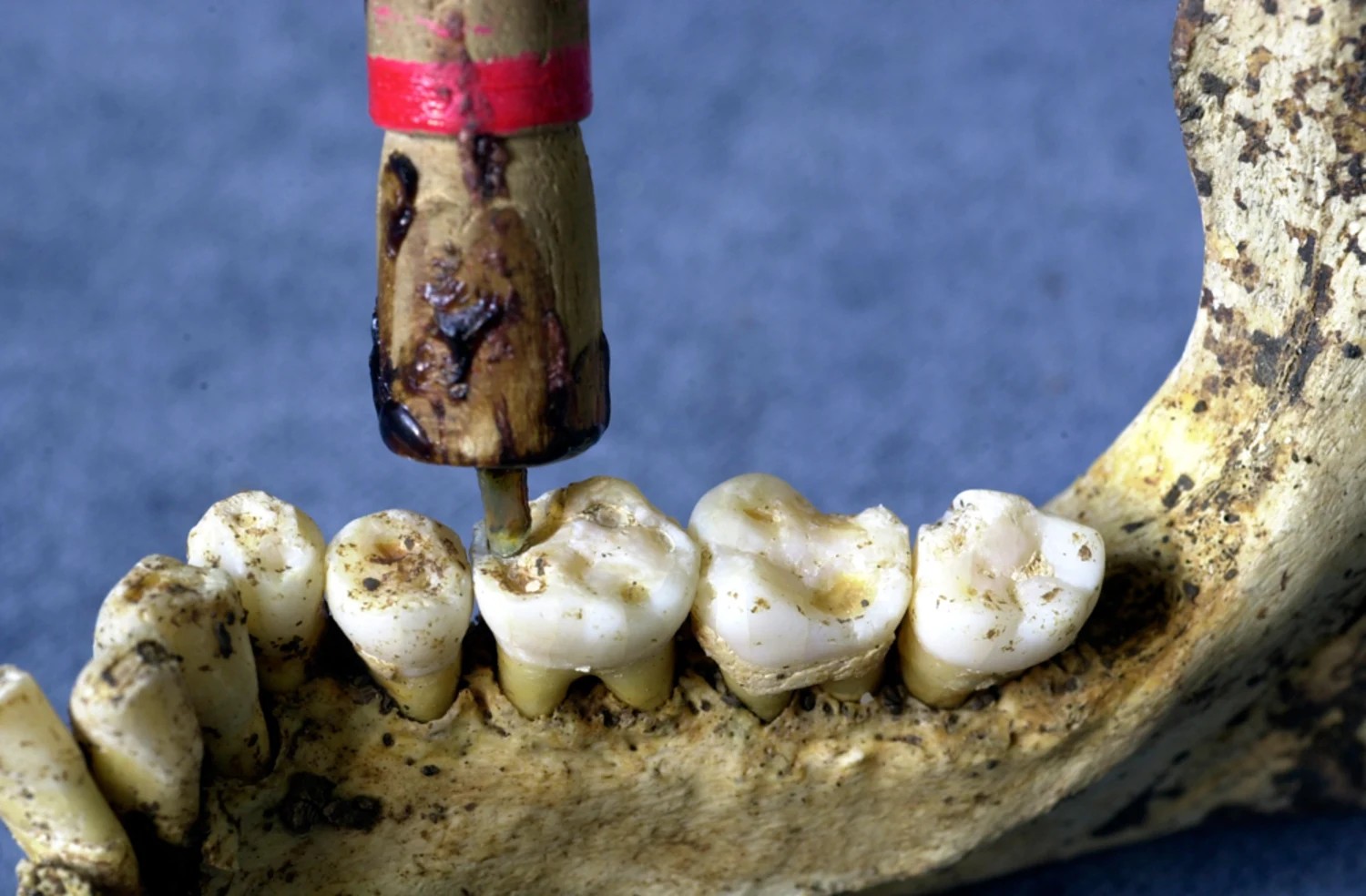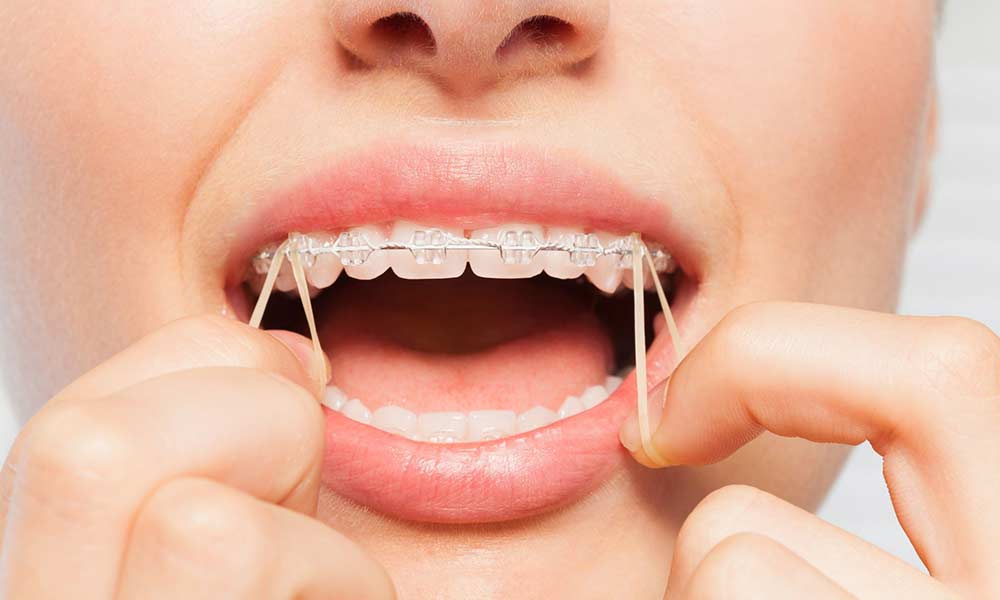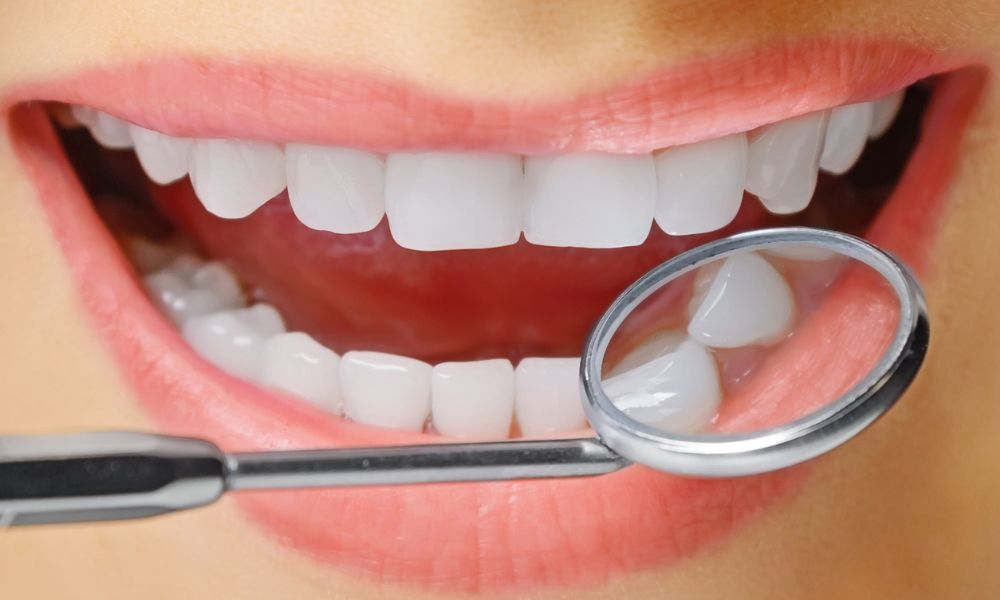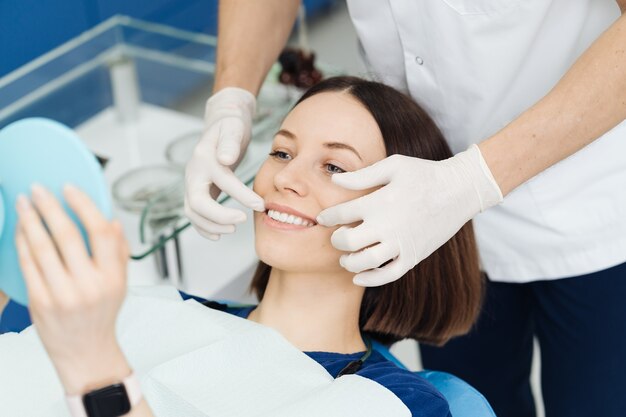Dentistry, the branch of medicine dedicated to the study, diagnosis, prevention, and treatment of conditions affecting the oral cavity, has an ancient and fascinating history. From crude tooth extractions in prehistoric times to today’s advanced cosmetic and reconstructive procedures, the evolution of dentistry reveals the growth of medical knowledge and technology. Understanding the history of dentistry offers a glimpse into how far the profession has come and how much it continues to evolve.
Ancient Dentistry: The Beginnings
Dentistry’s origins can be traced back as far as 7,000 BC. The earliest known evidence of dental work was discovered in the Indus Valley Civilization (modern-day Pakistan and northwest India), where ancient remains showed drilled molar teeth. These early forms of dentistry likely used primitive tools made from flint to treat tooth decay, hinting at the first known form of “dental surgery.”
Around 5,000 BC, the Sumerians attributed dental decay to “tooth worms,” a belief that persisted for centuries. The idea was that tiny worms bored into the teeth, causing decay and pain. This theory was widely accepted in different parts of the world, including in ancient China, India, Egypt, and Greece.
The first known dental practitioner may have been an Egyptian named Hesy-Ra, who lived around 2,600 BC. He is often referred to as the “first dentist” and was responsible for treating dental diseases among Egyptians. Ancient Egyptian writings also contain references to tooth extractions and the use of rudimentary dental tools. Egyptians are known to have developed dental prosthetics and used materials such as gold to restore damaged teeth.
Dentistry in Ancient Greece and Rome
The Greeks and Romans contributed significantly to the advancement of dentistry. The Greek philosopher Aristotle and the physician Hippocrates wrote about dental problems, including tooth decay, gum disease, and teeth extraction, laying the foundation for dental knowledge. Hippocrates, the “Father of Medicine,” even developed the first rudimentary methods for dealing with oral health issues.
In ancient Rome, dental hygiene was valued highly, and the Romans were among the first to create specialized instruments to clean teeth, such as toothpicks and mouth rinses. They developed metal dental tools for tooth extraction and used gold crowns to restore damaged teeth. Aulus Cornelius Celsus, a Roman medical writer, documented the treatment of dental abscesses, gum disease, and tooth extraction in his works around 30 AD.
Medieval Dentistry: The Dark Ages of Oral Health
During the Middle Ages, much of the medical knowledge from antiquity was lost, including advancements in dentistry. Dental care was often performed by barbers, who provided general health services, such as tooth extractions, bloodletting, and minor surgeries. These barber-surgeons were neither trained Orthodontist Katy TX nor medical professionals, leading to a lack of hygiene and poor dental care standards during this time.
Despite these challenges, some medical scholars, such as Avicenna, an 11th-century Persian philosopher and physician, wrote extensively on oral health. In his book, “The Canon of Medicine,” Avicenna described various oral diseases, such as ulcers and tooth decay, and proposed remedies based on herbal treatments.
The Renaissance: A Turning Point in Dentistry
The Renaissance marked a period of significant progress in dentistry, with the rediscovery of Greek and Roman medical texts. Andreas Vesalius, a Flemish anatomist, published a landmark book on human anatomy in 1543, which included detailed descriptions of teeth and the jaw. His work laid the foundation for further anatomical studies of the mouth and teeth.
The 17th century saw the rise of Pierre Fauchard, a French surgeon considered the “Father of Modern Dentistry.” In 1728, he published “Le Chirurgien Dentiste,” a comprehensive text on dental science and techniques. Fauchard introduced groundbreaking concepts in dentistry, such as the use of dental fillings, tooth extractions, and braces for teeth straightening. He also pioneered the idea that tooth decay was caused by sugar and acids, rather than tooth worms, helping to dispel long-standing myths.
The 19th Century: The Birth of Modern Dentistry
The 19th century was a turning point for dentistry, as it became recognized as a separate medical field. In 1840, the first dental school, the Baltimore College of Dental Surgery, was established in the United States, followed by the creation of the American Dental Association in 1859.
During this time, dentists began using anesthesia, particularly nitrous oxide (laughing gas) and ether, to manage pain during tooth extractions and other procedures. The use of anesthesia revolutionized dental surgery, making procedures more comfortable and accessible for patients.
The invention of the dental drill in 1864 by British dentist George Fellows Harrington further advanced the field. The drill allowed for more precise and effective removal of decayed tooth material, significantly improving dental care.
Dentistry in the 20th Century and Beyond
The 20th century saw unprecedented advancements in dental technology and treatment methods. The introduction of X-rays in the early 1900s revolutionized diagnostics, allowing dentists to see beneath the surface of teeth and gums for the first time. Fluoride, which was discovered to strengthen enamel and prevent cavities, became widely used in toothpaste and water supplies.
Dental implants, first developed in the 1950s, provided a permanent solution for missing teeth, while innovations in orthodontics, such as the development of clear braces, made teeth straightening less invasive and more aesthetically pleasing.
In the modern era, cosmetic dentistry has gained immense popularity, with procedures like teeth whitening, veneers, and bonding helping individuals achieve their ideal smiles. Digital dentistry, including the use of 3D imaging, lasers, and CAD/CAM technology, has revolutionized the way dental restorations are created, making them more precise and efficient.
Conclusion
The history of dentistry reflects the broader evolution of human society, from primitive practices to sophisticated science. While ancient civilizations laid the groundwork for understanding oral health, it has been the continual advancements in technology and medical knowledge that have shaped modern dentistry. Today, dentistry is a thriving profession focused on improving not only oral health but also the quality of life for millions of people around the world. With ongoing innovations, the future of dentistry promises to bring even more transformative changes to how we care for our teeth and gums






